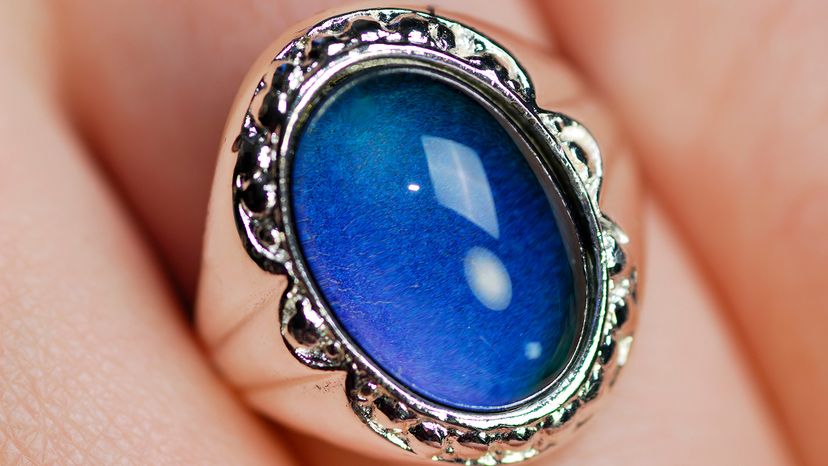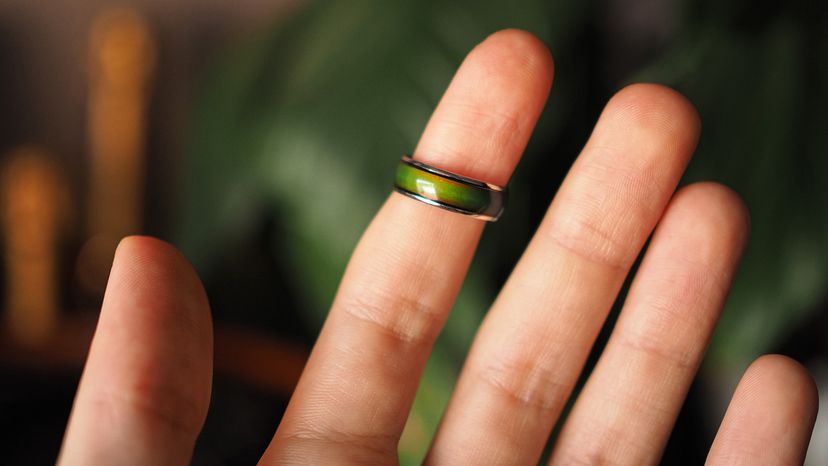
Key Takeaways
- Mood rings gained popularity in the 1970s due to their supposed ability to reflect the wearer's emotions through color changes.
- The color changes in mood rings are caused by body temperature fluctuations, rather than any accurate reflection of mood.
- While they may not accurately portray emotions, mood rings remain a fun and nostalgic fashion accessory for some people.
The first mood ring was introduced in 1975 by New York inventors Maris Ambats and Josh Reynolds, and became an extremely popular fad and fashion accessory in the late 1970s.
The idea behind a mood ring is simple: If a person wears a mood ring on their finger, the mood ring color corresponds to the state of the wearer's emotions by picking up on temperature changes. In other words, the mood ring monitors how you are feeling. The ring's stone should be dark blue if you're feeling calm and happy, and the mood ring supposedly will change color and turn black if you are anxious or feeling stressed.
Advertisement
While a mood ring, or other mood jewelry for that matter, cannot reflect a wearer's different emotions with any real scientific accuracy, a mood ring is actually an indicator of your body's involuntary physical reaction to your emotional state.So, what are the mood ring color meanings and how do they work?
Advertisement

